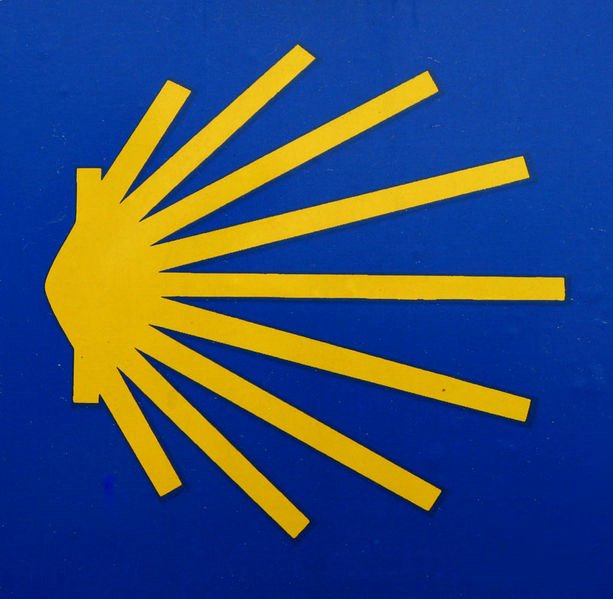The Cathedral of Sevilla
Yesterday, I spent seven hours in church. No, I´m not that devout, unless the combination of devotions includes history and culture. It´s not just a church; the cathedral is part art museum, reliquary, historical monument, and an unusual mixture of Christian and Islamic traditions.
First, of course, it´s big. In my previous blog, I remarked that the cathedral is the third largest church in the world. It also contains the largest alter screen--a huge golden wall behind the alter that depicts scenes from the lives of Jesus and Mary. Centuries ago, the city was Moorish, and these inhabitants had built a sizable mosque complete with a tall minaret, the Giralda, completed in 1184. When Christians under Ferdinand III reconquered the city in 1248, they began building a cathedral right next to the mosque. Eventually, the church subsumed the mosque and its tower--turing the minaret into an impressive bell tower. Inside the cathedral, there are three long (obviously) naves and a great transcept creating the traditional Gothic cross. The many side alters are filled with great art--much of it by the local artist and world master, Murillo. A Renaissance addition to the structure included an audience room for the cardinal that is most unusual; it is an elipse with an eliptically-shaped dome. It is the only successfully executed dome of its type from the Renaissance (two others elsewhere collapsed). The Seville cathedral did have its problems. In the middle of the cross where there should be a dome (as there is in St. Peter´s, St. Paul´s, and the cathedral at Burgos) the roof is decorated with tracery--no dome. Why? Originally, the church had a dome, but it collapsed in 1511. The main pillars of the huge structure simply couldn´t support the weight.
There was so much history--so many artifacts--that I can´t really relate all here, but I will remark on a couple of things. Ferdinand III who reconquered much of southern Spain in the 1240s carried a statue of Mary as he traveled. That ivory representation along with the keys that he received from the Moors on taking Seville are in the church. Among the many relics, the most important is a single thorn from the crown of thorns--it was delivered to Ferdinand personally by the king of France and placed in a huge silver reliquary. Even closer to my interests, the portable alter of Ferdinand´s son, Alphonso X, was also on display. This is Alphonso "El Sabio" (the wise) whose court at Santa Maria la Blanca along the Camino created the lovely Cantigas of Saint Mary. Again, if you´re unfamiliar, a link to the modern group ¨Cantiga¨ is included with this blog. Click and listen!
Last night, I attended Ash Wednesday service in the Cathedral. It was nice to see the structure transform from being simply a monument and a tourist attraction into a working church. No less than two Princes of the Church were there. The current Cardinal presided and a retired Cardinal attended. Very nice--but I hear that Ray Gager stirred up some good soup back at the home church. I would have enjoyed a taste.


1 Comments:
You make my ♥ soar like an eagle...i would enjoy a way of seeing what you speak of,(realtime webcam) and the possible pleasure of a wave.
Fun fun fun ! ☺
Post a Comment
<< Home